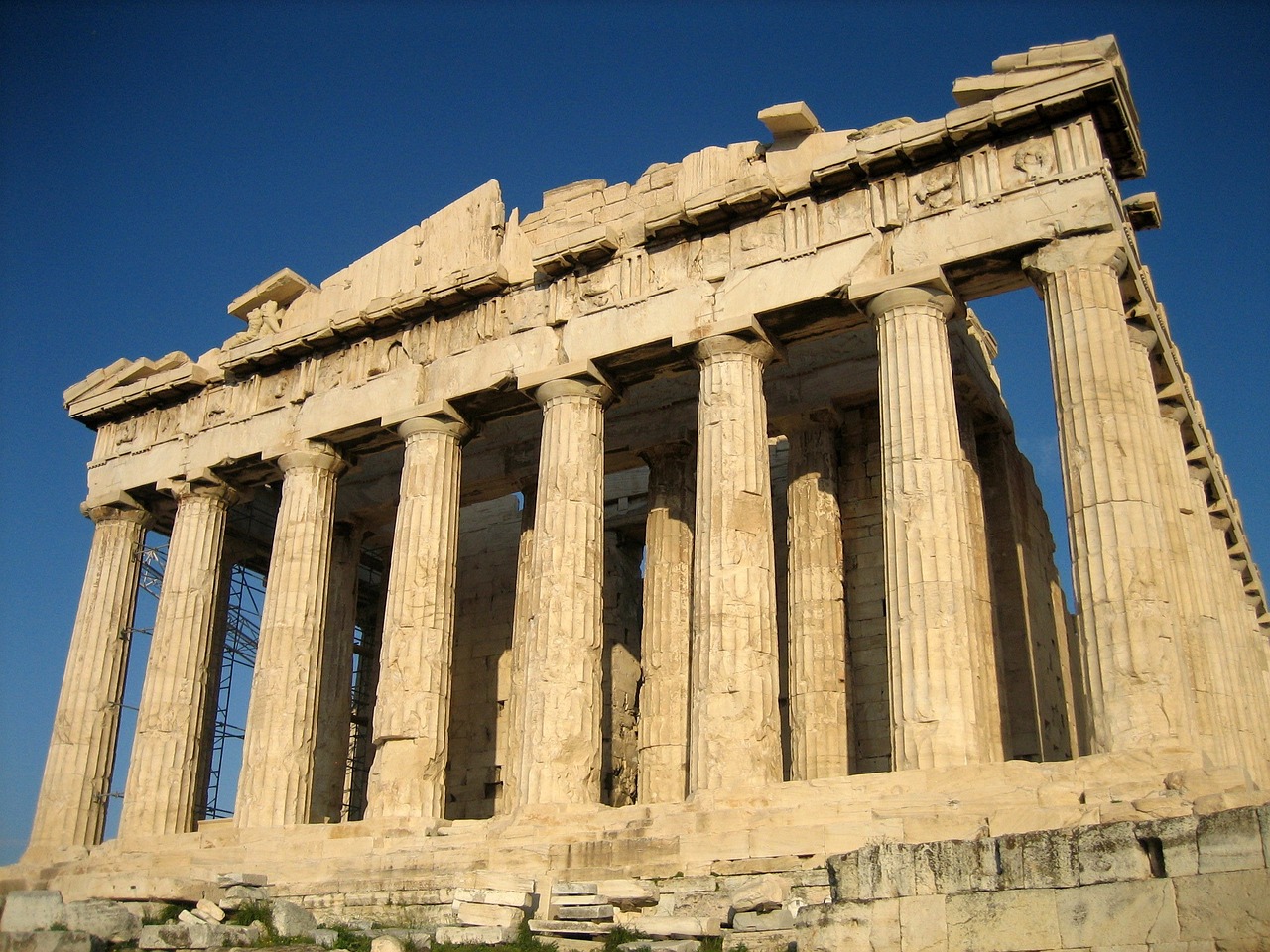Nearer my God to Thee
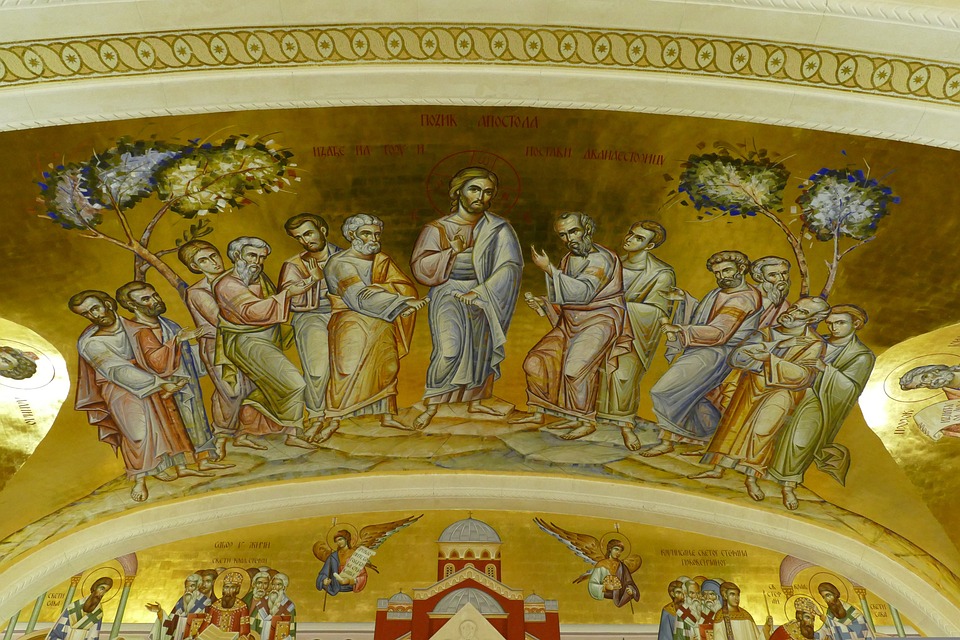
Nearer My God to Thee is a 19th-century Christian hymn by Sarah Flower Adams, which retells the story of Jacob's Dream.
This beautiful hymn has become famous as the last song the band on RMS Titanic played before the ship sank on April 15, 1912.
It had also been sung by the crew and passengers of the SS Valencia as it sank off the Canadian coast on January 22, 1906.
In Jacobs Dream, he admits that although, darkness is near, through "eyes of faith" he "sees" God: "Though like the wanderer, the sun gone down, Darkness be over me, my rest a stone. Yet in my dreams I am Nearer, my God, to Thee."
The wonderful lyrics of Nearer My God to Thee remind us why we need Him every hour and every minute of the day.
In the midst of hopelessness and fear, we are at the mercy of the dark, unknown - its everlasting message is about the joy and comfort that can only be found in God and Jesus Christ.
Like a bright shining light, faith illuminates the Light of our Savior.
When Jesus said "My Kingdom is not of this world" (John 18:36) He is referring to God's Heavenly Kingdom - the Spiritual Dwelling Place of our dear Lord, Jesus Christ, our Blessed Virgin Mary, the Angels, Saints, the Prophets and all God's children.
Sarah Fuller Flower Adams
Sarah Fuller Flower Adams (Sally Adams) (22 February 1805 – 14 August 1848) was an English poet and hymn-writer who was born at Old Harlow, Essex, Great Britain, surrounded by poetry and song writing.
She was the younger daughter of the radical journalist and political writer, Benjamin Flower (1755 – 17 February 1829) who was a vocal opponent of his country's involvement in the early stages of the Napoleonic Wars, and his wife Eliza Gould.
Her elder sister was the musician and composer Eliza Flower (1803 – 12 December 1846).
She married William Bridges Adams (1797 – 23 July 1872) an English author, inventor and locomotive engineer and moved to London where she attended the independent church of William Johnson Fox (1 March 1786 – 3 June 1864), an English Unitarian minister, politician, and political orator.
She contributed thirteen hymns to his Hymns and Anthems, one of them being Nearer, My God to Thee which was written to follow the pastors sermon on Genesis 28:11-19, known as the story of Jacob's ladder.
Sarah wrote the hymn in a week and her sister Eliza composed the tune.
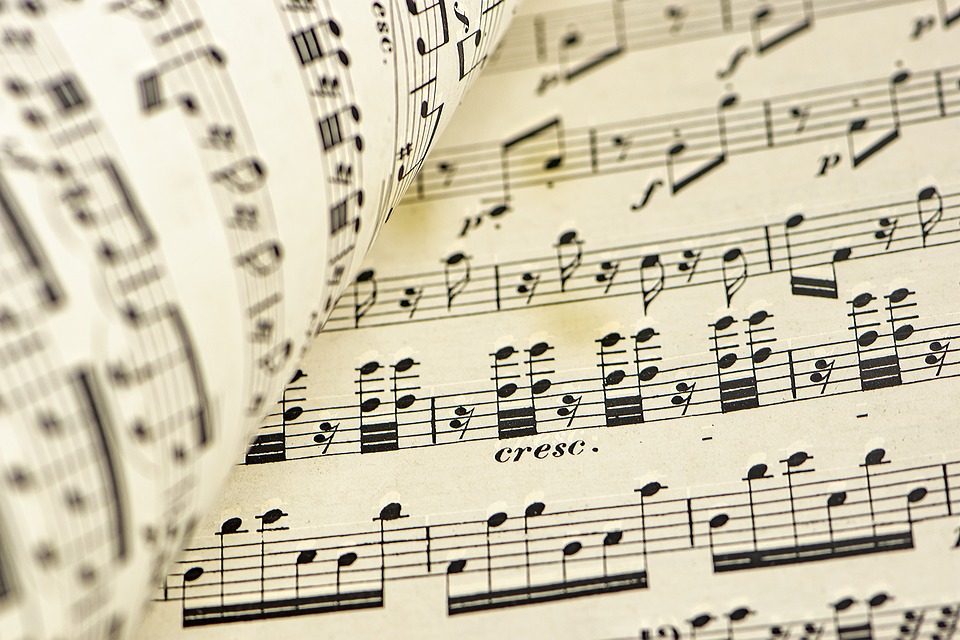
Nearer my God to Thee Lyrics
Nearer, my God, to Thee, nearer to Thee!
E'en though it be a cross that raiseth me;
Still all my song shall be nearer, my God, to Thee,
Chorus: Nearer, my God, to Thee, nearer to Thee!
Though like the wanderer, the sun gone down,
Darkness be over me, my rest a stone;
Yet in my dreams I'd be nearer, my God, to Thee,
Nearer, my God, to Thee, nearer to Thee!
There let the way appear steps unto heav'n;
All that Thou sendest me in mercy giv'n;
Angels to beckon me nearer, my God, to Thee,
Nearer, my God, to Thee, nearer to Thee!
Then with my waking thoughts bright with Thy praise,
Out of my stony griefs Bethel I'll raise;
So by my woes to be nearer, my God, to Thee,
Nearer, my God, to Thee, nearer to Thee!
Or if on joyful wing, cleaving the sky,
Sun, moon, and stars forgot, upwards I fly,
Still all my song shall be, nearer, my God, to Thee
Nearer, my God, to Thee, nearer to Thee!
A sixth verse was later added to the hymn by Edward Henry Bickersteth Jr.
There in my Father's home, safe and at rest,
There in my Saviour's love, perfectly blest;
Age after age to be, nearer my God to Thee,
Nearer, my God, to Thee, nearer to Thee!
Jacob's Dream

Nearer My God to Thee
Sarah’s inspiration to create the beautiful hymn was Jacob’s Dream in Genesis Chapter 28 of the Old Testament.
Genesis 28 states that Jacob was on his way to Haran when he lay down in the wilderness to sleep, resting his head on a stone and dreamed of Angels ascending and descending a ladder from earth to Heaven.
Above it, stood the LORD Who said: “I am the LORD, the God of your father Abraham and the God of Isaac.
Jacob was the Hebrew Patriarch who was the grandson of Abraham, the son of Isaac and Rebekah, and the traditional ancestor of the people of Israel.
Jacob was running from his twin brother, Esau who lost his birthright (inheritance) to him for a “mess of pottage” (a meal of stew) when he was too hungry to realize what he was throwing away.
Jacob also cheated Esau out of their blind father's deathbed blessing by impersonating him - a deceit prompted by their mother, Rebekah.
Jacob's Dream reminds children that they should love and help their brothers and sisters.
“Your most important friendships should be with your own brothers and sisters and with your father and mother.
The Bible says, "Forgive each other."
(Colossians 3:13)
RMS Titanic
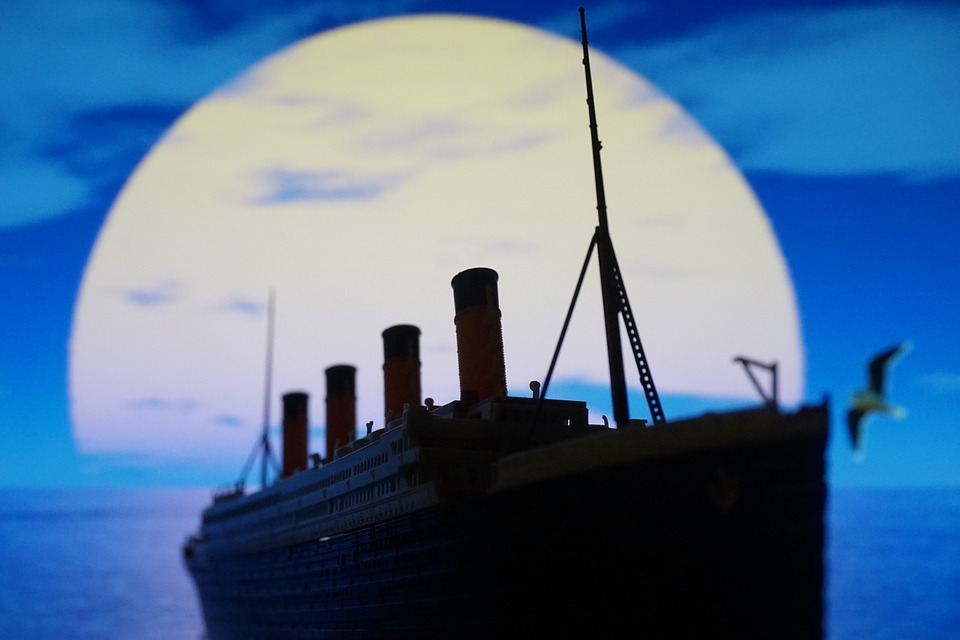
Nearer My God to Thee
The RMS Titanic, the largest luxury ocean liner at the time, had 2,224 people on board when it struck an iceberg in the North Atlantic at around 23:40 (ship's time) on Sunday, April 14, 1912.
The liner sank two hours and forty minutes later at 02:20 (ship's time; 05:18 GMT) during its maiden voyage from Southampton to New York, on Monday, April 15, resulting in the deaths of more than 1,500 people, making it one of the deadliest peacetime, maritime disasters in history.
The ship disappeared from view 2 hours and 40 minutes later and took about 5–6 minutes to sink 3,795 meters (12,451 ft), spilling heavy machinery, tons of coal and large quantities of other debris.
Almost all of those who jumped or fell into the sea drowned or died within minutes from cardiac arrest or cold shock.
Only 13 of them were helped into the lifeboats.
Among those aboard was stewardess, Violet Jessop, who would repeat the experience four years later when she survived the sinking of one of Titanic's sister ships, Britannic, in the First World War.
Lady Duff-Gordon, recalled after the disaster that "the very last cry was that of a man who had been calling loudly: "My God! My God!"
Wallace Henry Hartley
The 19th century hymn, Nearer, My God to Thee is associated with the sinking of the RMS Titanic.
Wallace Henry Hartley (2 June 1878 – 15 April 1912) was an English violinist and bandleader on the RMS Titanic who became famous for leading the eight-member string band as the ship sank on April 15, 1912 to play music to help keep the passengers calm as the crew loaded the passengers on lifeboats.
Survivors said that the band continued to play until the very end - no band member survived.
The story of the band playing to the end has become a popular legend with one newspaper of the time reporting, "the part played by the orchestra on board the Titanic in her last dreadful moments will rank among the noblest in the annals of heroism at sea."
Hartley's body was recovered by the transatlantic, cable-laying and cable-repair ship, Mackay–Bennett, almost two weeks after the sinking with his music case strapped to his body.
The (CS) Mackay-Bennett is notable for being the ship that recovered the majority of the bodies after the sinking of the Titanic.
Hartley's father Albion met the ship at Liverpool and brought his son's body back to his home town of Colne, Lancashire.
His funeral took place on 18 May 1912 with one thousand people attending and an estimated 30,000–40,000 lined the route of his funeral procession.
Nearer my God to Thee's opening notes appear on Wallace Henry Hartley's memorial and the hymn was played at his funeral.

SS Valencia
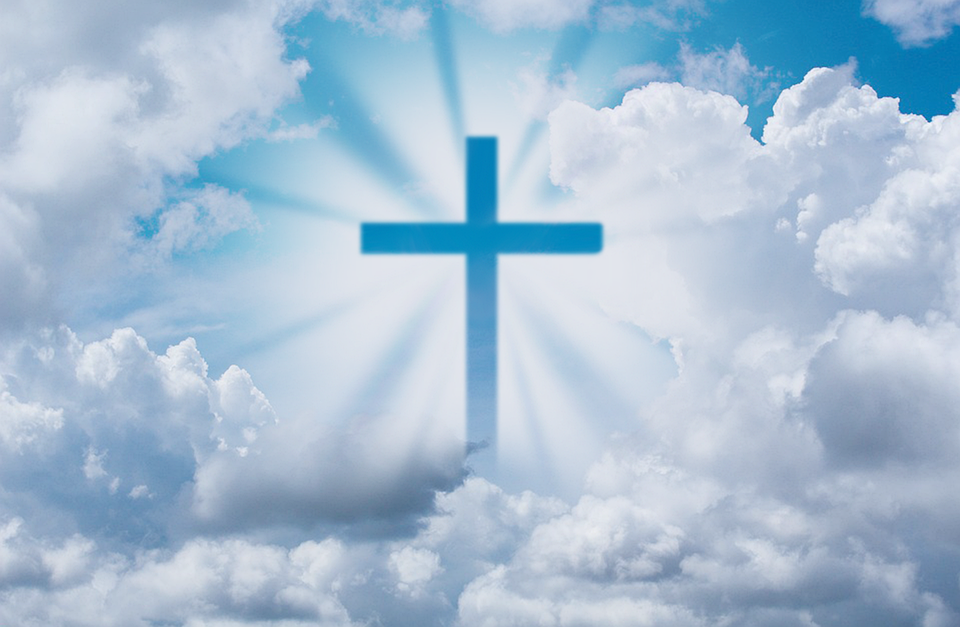
Nearer My God to Thee
The sinking of the U.S. passenger steamer, S.S. Valencia off the west coast of Vancouver Island in the late evening of January 22, 1906 resulted in the deaths of 136 passengers, including 17 women and 11 children.
The Valencia struck a reef and broke up over the next 36 hours, leaving only 37 survivors.
Captain Oscar Johnson who was in charge of the Valencia took the ship about 30 miles too far north, and missed the right turn into the Juan de Fuca Strait.
Fear-stricken passengers and crew began to think of death as they sang Nearer, My God, to Thee as the SS Valencia sank off the Canadian coast on that fateful night in 1906.
Nearer my God to Thee
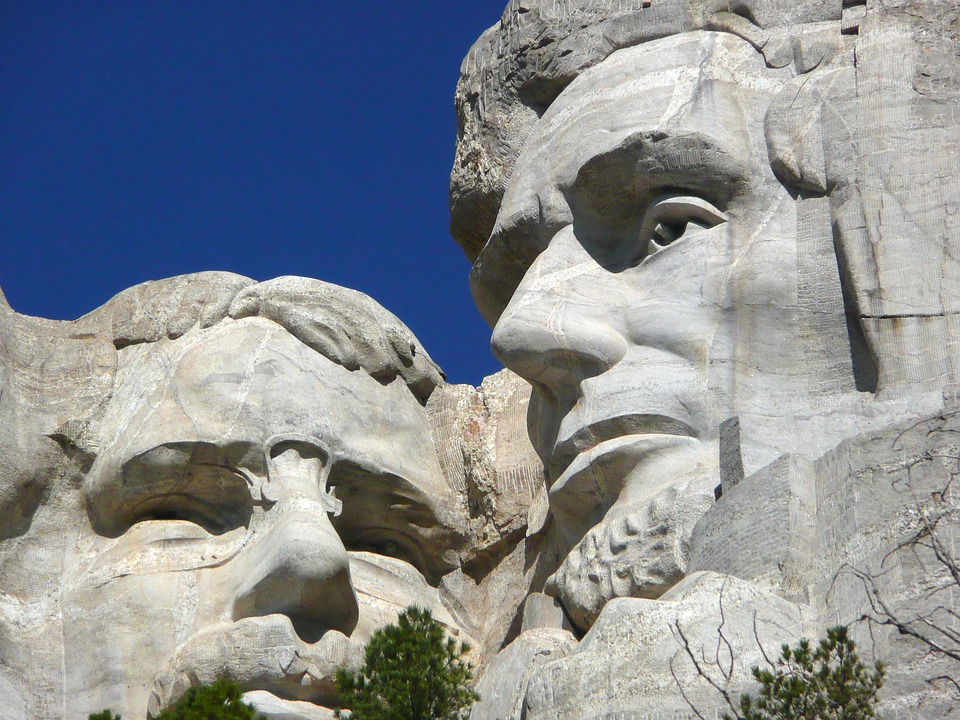
United States President, William McKinley's dying words on September 14, 1901, were the first few lines of Nearer my God to Thee.
At 3:30 pm, in the afternoon of 14 September 1901, after five minutes of silence across the nation, bands across the United States played the hymn in his memory.
It was also played by the Marine Band on Pennsylvania Avenue during the funeral procession through Washington, at the end of the funeral service itself, and at a memorial service for him in Westminster Abbey, London, Great Britain.
The hymn was also played for President James Garfield who was interred at Lakeview Cemetery in Cleveland, Ohio, and at the funerals of former U.S. Presidents Warren G. Harding and Gerald R. Ford.
The Confederate army band played Nearer my God to Thee as the survivors of the disastrous Pickett's Charge (July 3, 1863) returned from their failed infantry assault ordered by Confederate General Robert E. Lee against Major General George G. Meade's Union positions on the last day of the Battle of Gettysburg during the Civil War.
The First U.S. Volunteer Cavalry under the leadership of Theodore Roosevelt became the most famous of all the units fighting in Cuba as "Roosevelt's Rough Riders."
The Rough Riders sang the hymn at the burial of their slain comrades after the Battle of Las Guasimas on June 24, 1898.
Nearer, My God, to Thee is sung at the end of the 1936, musical-drama movie, "San Francisco," based on the April 18, 1906 San Francisco earthquake starring Clark Gable, Jeanette MacDonald and Spencer Tracy.
Hymns
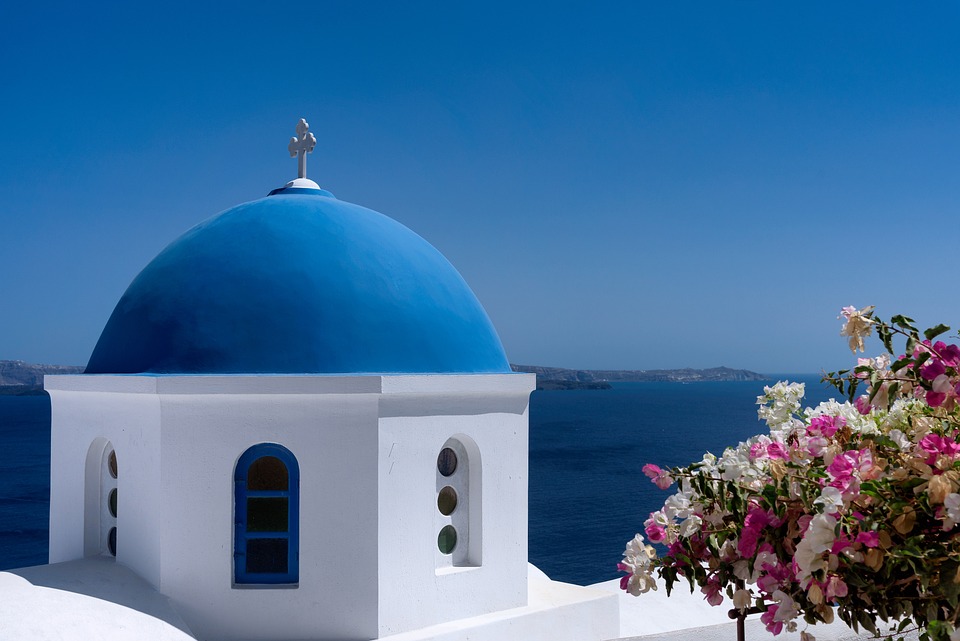
Hymns fill the heart with joy and renew the spirit because we sense the Presence of God.
Their spiritual quality, melody and harmony, reflect value, beauty and the Love of our Lord.
They draw the Holy Spirit into into our lives to unite us with God through their rich, theological verses that serve as a prayer of thanks to God and teach through hymns, the Gospel of Jesus Christ.
The First Christian Hymns
The Phos Hilaron and the Oxyrhynchus hymn are the earliest existing Greek hymns used in Christian worship.
The Oxyrhynchus hymn (or P. Oxy. XV 1786) is the earliest known Christian hymn that contains both lyrics and musical notation from the 3rd century AD.
The hymn demonstrates the historical continuity of Greek culture and how educated, Greek Christians used the musical notation of their classical Greek predecessors to summon silence in praise of the Holy Trinity.
The original manuscript of the hymn was discovered in 1918 in Egypt and published in 1922 and preserved at Oxford University.
The Phos Hilaron (Φῶς ἱλαρὸν) is an ancient Christian hymn written in Greek is the earliest known Christian hymn, recorded outside of the Bible, that is still being used today.
The hymn is featured in the Vespers of the Orthodox Church and is sung at the lighting of candles in the evening known as the "Candle-light Hymn."
Historically, at that time in Jerusalem, a never-ending candle was kept burning in the empty tomb of Christ as a Symbol of the living light of Jesus Christ, our Savior.
As Christians gathered to worship, the hymn was sung and the candle was brought forth from the tomb with its solitary flame calling the church to celebrate the Risen Lord.
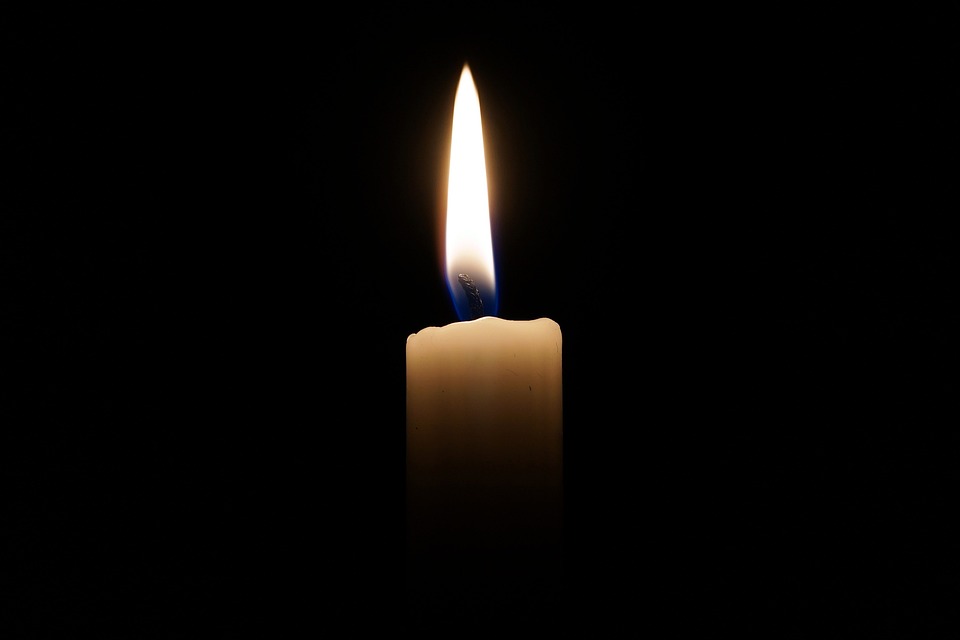
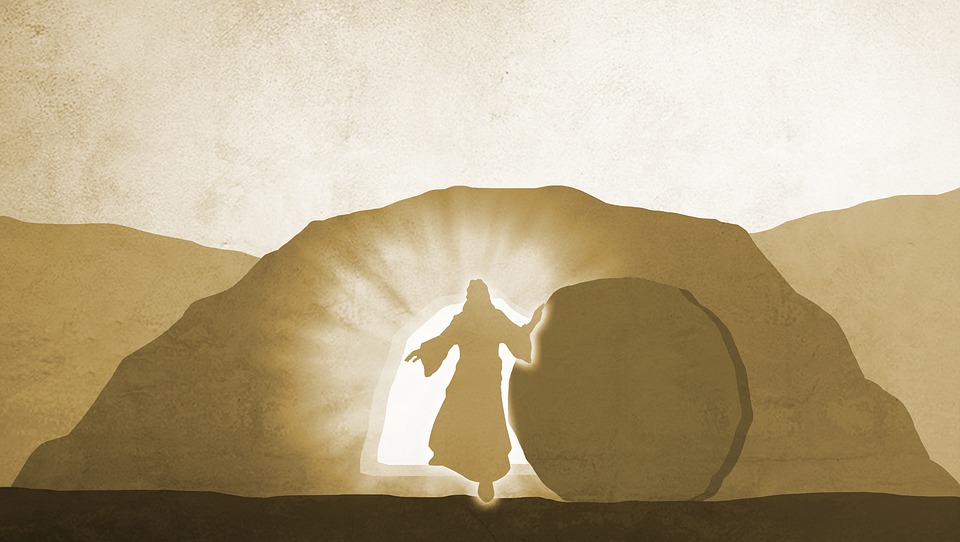
Ezine Articles Author Link
Click on the Link Below

Newsletter Opt-in-Form
The Keen Traveler
Your second block of text...
Recent Articles
-
The Power of Money
Mar 23, 25 03:53 AM
The power of money provides financial security, enables one to fulfill financial needs, improves the quality of life and gives peace of mind during unexpected financial emergencies. -
Simplicity tranquility and enlightenment
Mar 16, 25 06:01 AM
Simplicity tranquility and enlightenment empowers the individual to live lighter and to add value to life through meaningful goals. -
Faith History and Culture
Jan 02, 25 12:48 AM
Faith history and culture have impacted human history in all places and times.


